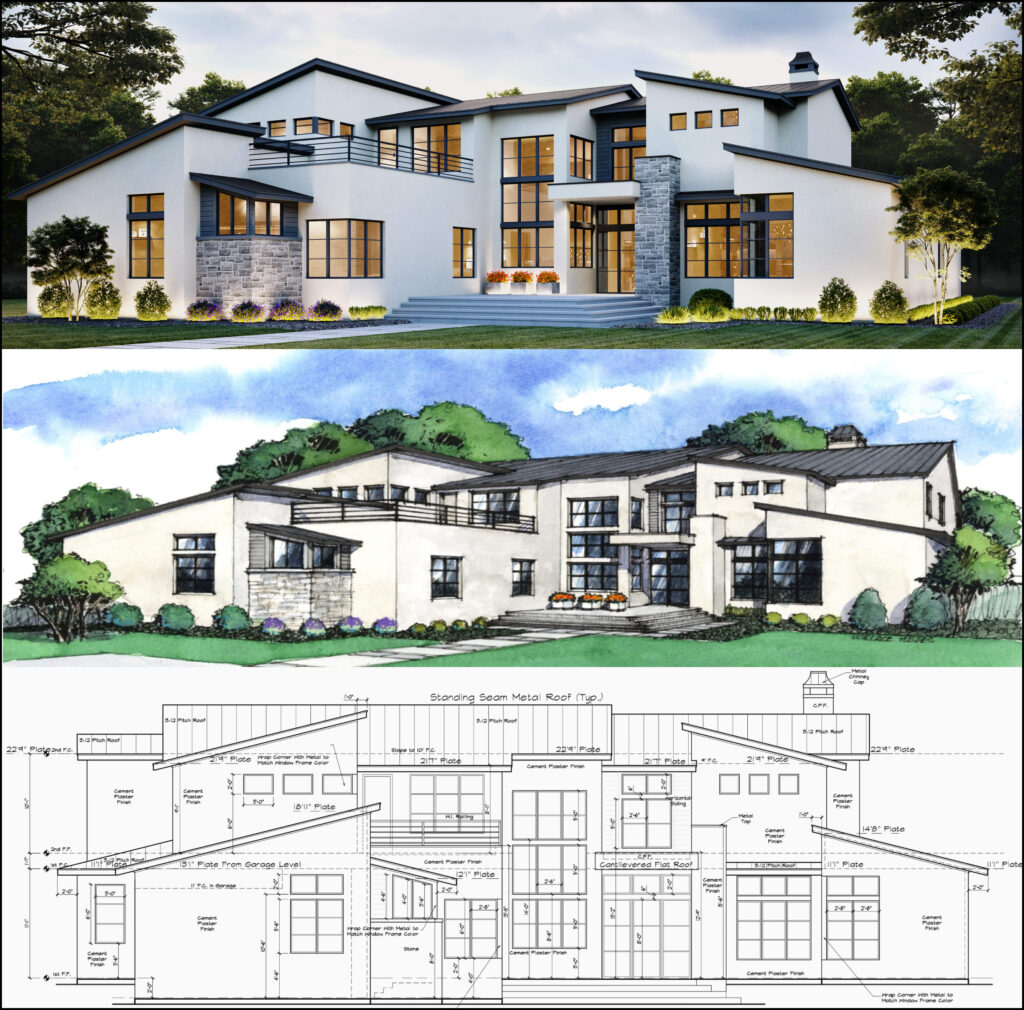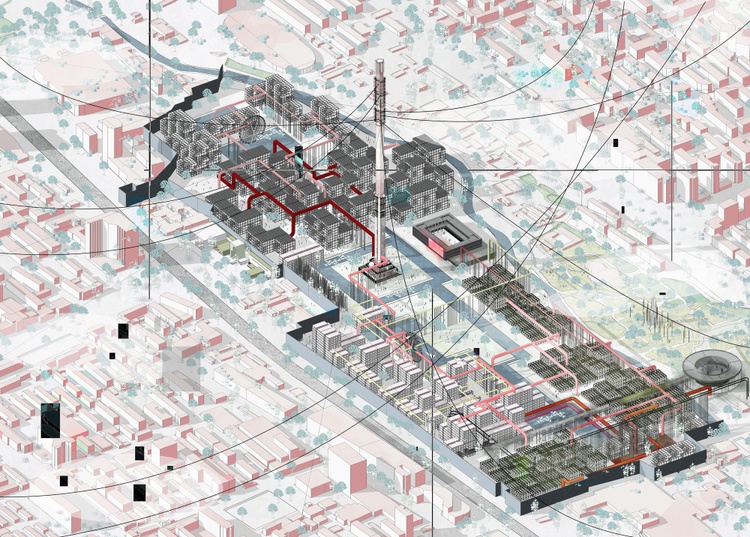Discover Cutting-edge Designs with Leading CDA Architects for Your Next Project
Discover Cutting-edge Designs with Leading CDA Architects for Your Next Project
Blog Article
An Extensive Introduction of Building Designs and Their Impact on Modern City Planning and Development
Building styles have actually long offered as a mirror to the societal values and technical improvements of their time, playing an important role in forming contemporary city planning and development. From the grandeur of Neoclassicism to the practical strategy of Brutalism, each design has actually introduced distinct concepts that affect urban aesthetic appeals and functionality.
Historical Introduction of Building Designs

As cultures transitioned via the Center Ages, Gothic architecture arised, defined by its verticality and elaborate outlining, matching the spiritual desires of the age. The Renaissance noted a rebirth of timeless suitables, merging art and style in ingenious manner ins which influenced succeeding styles across Europe.

Today, building designs continue to progress, driven by globalization and sustainability concerns, showing a vibrant interplay in between heritage and innovation. This historical review underscores the relevance of architecture as a mirror of societal development and as a catalyst for urban growth.
Secret Architectural Styles Explained
The variety of building styles shows the myriad impacts that shape our developed environment, each symbolizing distinctive attributes and social values. Secret building styles consist of Classic, Gothic, Baroque, Innovation, and Postmodernism, each standing for unique historical contexts and aesthetic approaches.
Timeless style, rooted in ancient Greece and Rome, emphasizes proportion, proportion, and using columns (cda architects). On the other hand, Gothic design, growing between Ages, is identified by pointed arches, ribbed vaults, and flying buttresses, developing an angelic high quality in sanctuaries. Baroque style, arising in the 17th century, is noted by majesty, intricate ornamentation, and a vibrant interaction of light and darkness
Innovation, which got energy in the very early 20th century, focuses on feature over kind, using new materials like steel and glass to produce minimalist structures. Postmodernism, reacting against the austerity of Innovation, welcomes eclecticism and historic referral, frequently incorporating playful components and paradox.

Impact on Urban Preparation
In forming the growth of cities, architectural styles substantially affect urban planning decisions. The choice of building style often dictates the looks, functionality, and overall character of city settings.
Furthermore, architectural styles can impact zoning policies and land utilize policies. Urban planners should think about the dominating architectural patterns when creating districts, ensuring that brand-new developments harmonize with existing structures. This factor to consider cultivates natural urban landscapes and improves neighborhood identity.
The implementation of specific architectural designs can additionally affect socioeconomic factors within a city. Premium contemporary layouts might draw in affluent homeowners and services, leading to about his gentrification, while much more budget-friendly housing remedies may prioritize sensible and sustainable designs to suit diverse populaces. cda architects. Eventually, the interplay in between architectural designs and urban preparation produces vibrant cities that show both historical context and modern needs, forming the straight from the source lived experiences of their residents
Sustainability and Modern Architecture
Building designs play an essential role in resolving contemporary obstacles, especially in the world of sustainability. As urban locations expand and ecological issues intensify, contemporary architecture progressively welcomes sustainable layout principles that prioritize power efficiency, source preservation, and minimal eco-friendly impact.
Contemporary building activities, such as biophilic style and environment-friendly design, supporter for structures that balance with their environments, utilizing all-natural products and promoting biodiversity. These designs often integrate renewable resource sources, such as photovoltaic panels and wind generators, to reduce reliance on nonrenewable fuel sources and reduced carbon footprints.
Furthermore, the assimilation of innovative technologies, such as smart structure systems, enhances power administration, optimizing resource usage while ensuring owner comfort. Ingenious water management methods, consisting of rainwater harvesting and greywater recycling, further add to sustainable metropolitan environments.
Notably, sustainability expands past environmental concerns; it encompasses social and economic measurements. By fostering neighborhood health and advertising inclusivity, contemporary building styles straighten with sustainable development goals. The development of architectural practices proceeds to form durable cities that not only fulfill the requirements of the present but also guard the future for generations to come.
Area Interaction in Design
Area involvement in style functions as an important bridge between engineers and the populations they serve, ensuring that the constructed atmosphere reflects the needs and desires of its customers. This collective process welcomes neighborhood members to add their insights and choices, cultivating a sense of possession and obligation towards the areas they populate.
Effective area interaction employs numerous techniques, such as workshops, surveys, and public forums, to collect diverse viewpoints. These methods promote a two-way next page dialogue, permitting designers to comprehend neighborhood contexts while equipping residents to articulate their issues and needs. This inclusivity not only boosts the style top quality however additionally promotes social equity by resolving the distinct challenges faced by marginalized groups.
Moreover, neighborhood involvement can lead to ingenious remedies that might not emerge in a typical design process. By incorporating neighborhood knowledge and cultural worths, engineers can create spaces that resonate even more deeply with customers, enhancing usability and sustainability. Eventually, focusing on area involvement in design processes leads to atmospheres that support social communications, assistance well-being, and strengthen community ties, thereby playing a pivotal function in shaping modern city landscapes.
Conclusion
Architectural styles have actually greatly affected contemporary city planning and growth, showing progressing cultural and technological contexts. As cities proceed to grow and adapt, the recurring discussion between building heritage and contemporary style concepts will certainly stay important in creating comprehensive, dynamic spaces that boost high quality of life and promote social equity.
Report this page